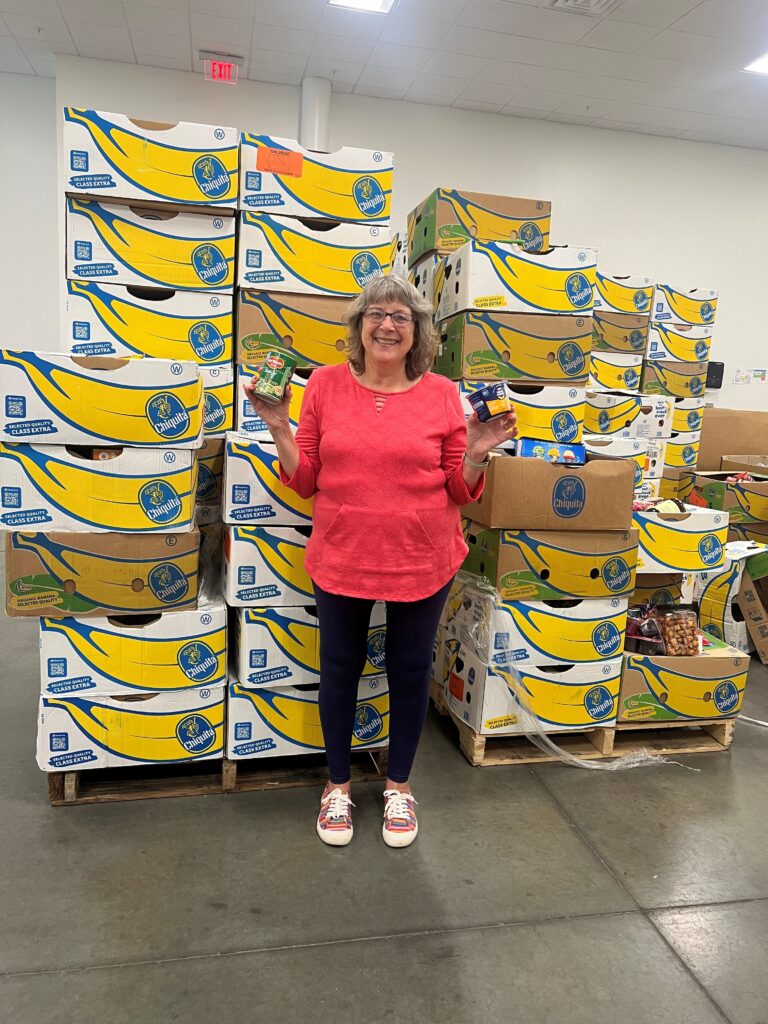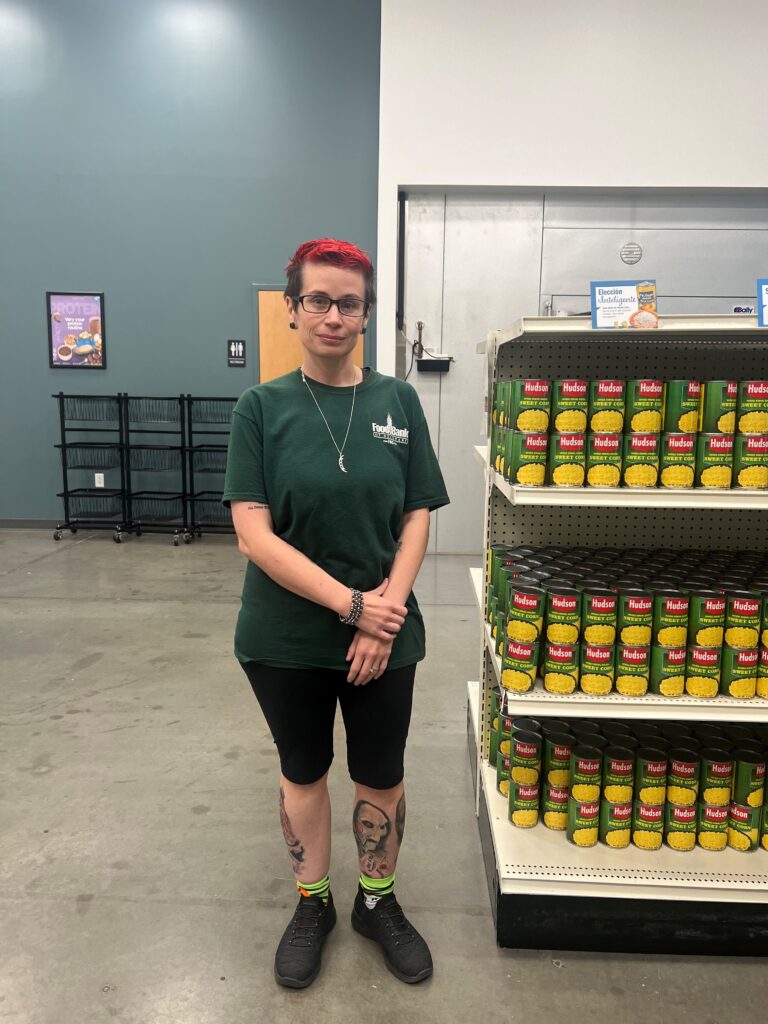Irrigation Innovation: Volunteer helps grow more than just vegetables
July 9, 2025
At the Food Bank, we like to say volunteers are the heart and soul of everything we do—and it’s absolutely true. They are the quiet force powering our mission every day.
One of those volunteers is Lewes resident John Mews, who has been working behind the scenes to transform our Milford garden with a fully automated irrigation system—bringing fresh water, efficiency, and a whole lot of heart.
Mews first connected with us in February, when he attended an open house for prospective garden volunteers. Most of our garden helpers focus on:
- Weeding
- Harvesting
- Washing and packing produce for our Healthy Pantry Center
But Mews brought something special: professional expertise in irrigation systems.
“Community service is part of our DNA. This was an opportunity waiting to happen,” he says.
Based on his experience at SiteOne Landscape Supply, Mews quickly noticed that watering was done manually—with hoses. That realization planted the seed for a new project: automating irrigation across the entire 3.5-acre garden.
He reached out to his professional network and secured donated equipment from some of the biggest names in irrigation:
- Senninger
- Hunter Industries
- Rainbird
- Netafim USA
Near each greenhouse, green access lids now mark the future hubs of the system. A professional contractor will handle trenching—installing the underground infrastructure to distribute water throughout four greenhouses, the memorial garden and field plots.
Each part of the garden has specific watering needs.
For example:
Greenhouse Functions:
- Propagation House: Where young plants are nurtured. It will use a misting system with fine-tuned droplet sizes.
- Individual Systems: Each greenhouse will have custom assemblies, depending on the crops.
- Automation Features: Include electric valves, filtration units, and pressure regulation.
Kyle Brolis, our Agricultural Programs Director (pictured right), sees this as a major step forward: “It’ll save labor, time, and make sure things are watered correctly.”
He notes that improvements are already visible:
- Consistent watering in the propagation tunnel
- Reduced manual labor, freeing staff and volunteers for other essential tasks
“The automation—turning on the water and the fans—means the plants are getting what they need. It’s already making a difference,” he notes.
Beyond the basics, the new system is future-ready, with potential for enhancements like:
- Soil moisture sensors
- Advanced control zones
- Remote monitoring and scheduling
“There’s so much work in starting this and getting it running,” said Brolis, “But it will help us move forward in a big way.”
Even with all he’s accomplished, John Mews remains modest:
“It’s not about me. It’s just a neat project. I hope to knock it out sooner rather than later,” he adds.
Thanks to John and our many amazing volunteers, we’re not just growing produce, we’re growing opportunities, efficiency, and a more sustainable future for our community.











Comments are closed here.